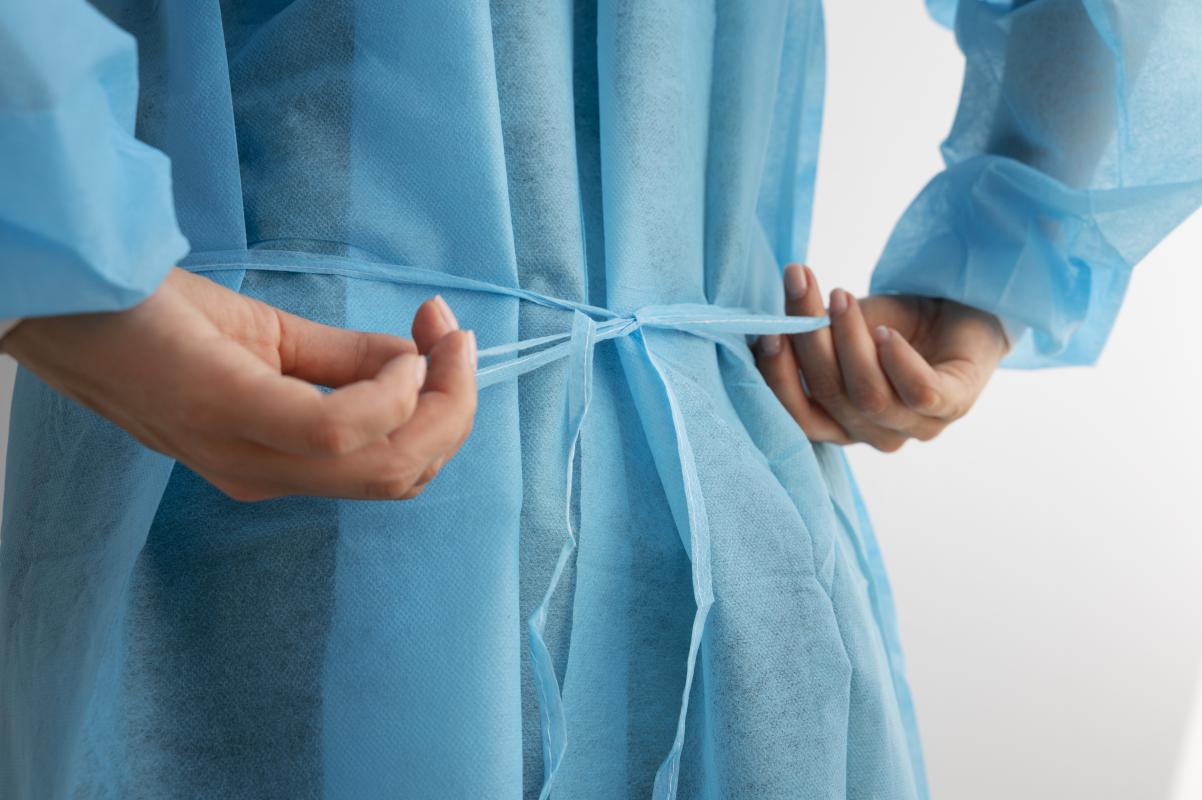
Microfiber Shedding in Medical Textiles: Laboratory Measurement Methods
Microfiber Shedding in Medical Textiles: Laboratory Measurement Methods
Contents
From surgical gowns to masks and hospital sheets, medical textiles play a crucial role in healthcare. However, these products may pose an invisible threat: microfiber shedding. How can these fibers be scientifically detected? The answer lies in professional fabric analysis by trusted textile test laboratories.
What Is Microfiber Shedding?
Microfibers are synthetic particles smaller than 5 mm that detach from textiles during use or washing. In medical applications, they pose both health and environmental risks.
Risks of Microfiber Release in Medical Textiles
- Can enter the body through inhalation
- Cause contamination on medical surfaces
- Lead to bioaccumulation over time
How Is Microfiber Shedding Measured?
Certified textile test laboratories use advanced methods to evaluate microfiber release in medical fabrics:
1. Filtration Method
Post-wash water is filtered to capture and measure the density of microfibers.
2. Microscopy and Imaging
Captured fibers are analyzed under electron microscopes for shape and quantity.
3. Spectroscopic Analysis
FTIR and similar techniques determine the polymer type of the microfibers.
Standards and Regulations
Global standards are emerging for microfiber shedding control. For hospitals and medical textile producers, this analysis is a key part of environmental compliance.
Safer and Cleaner Medical Textiles
Medical product safety is not just about sterilization. Environmental performance matters too. Through medical textile analysis and fabric testing, microfiber release can be minimized — but only with the right lab partners.
Frequently Asked Questions
1. Are microfibers harmful?
Yes. Inhaled microfibers may lead to respiratory issues and environmental pollution.
2. Do all fabrics shed microfibers?
No. Natural fibers tend to release fewer microfibers compared to synthetics.
3. How is microfiber shedding tested?
Via wash simulation, filtration, microscopy, and FTIR analysis.
Things to Consider
- Request a microfiber test report when sourcing medical textiles
- Always rely on accredited textile test laboratories
- Choose environmentally friendly textile suppliers

